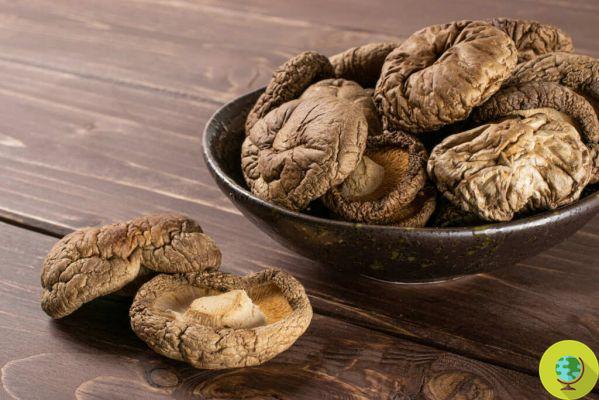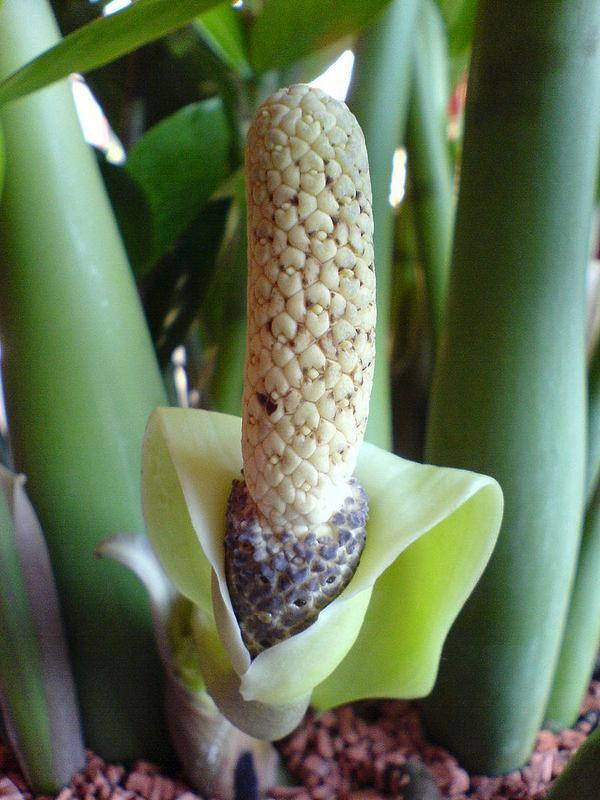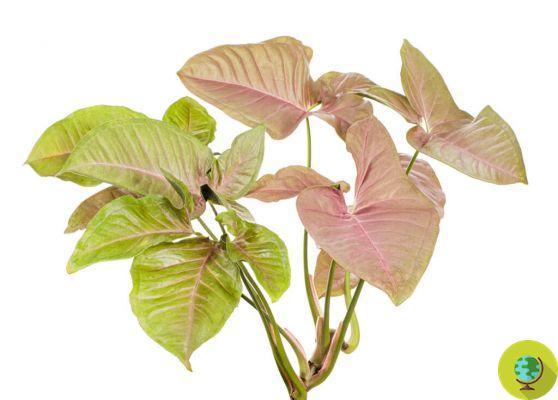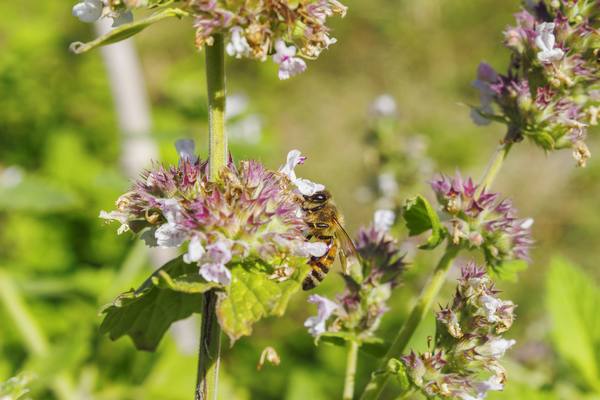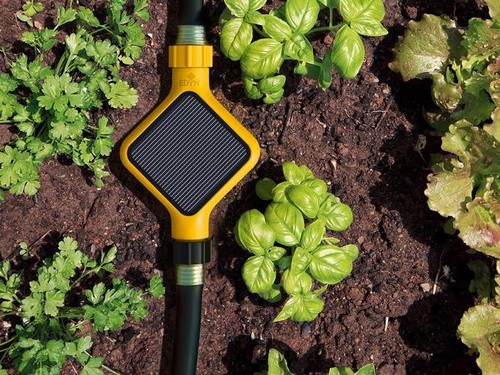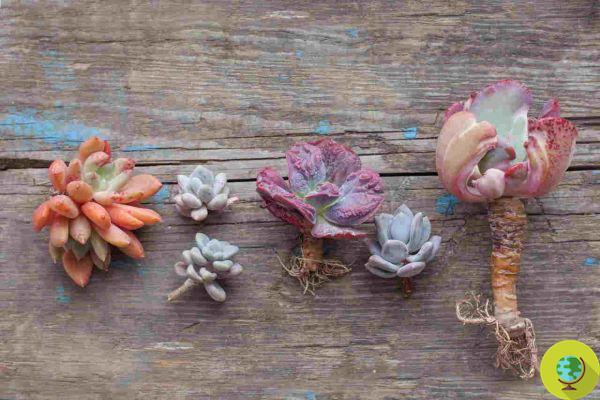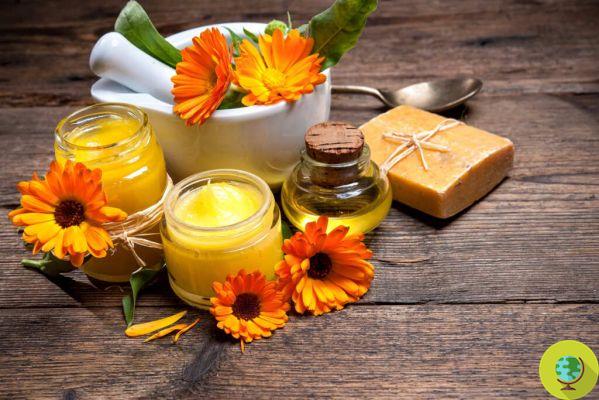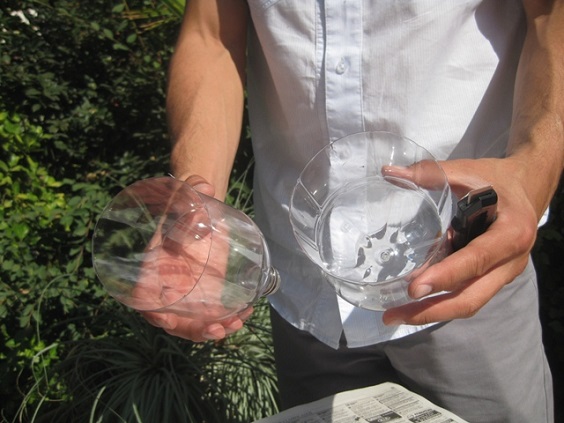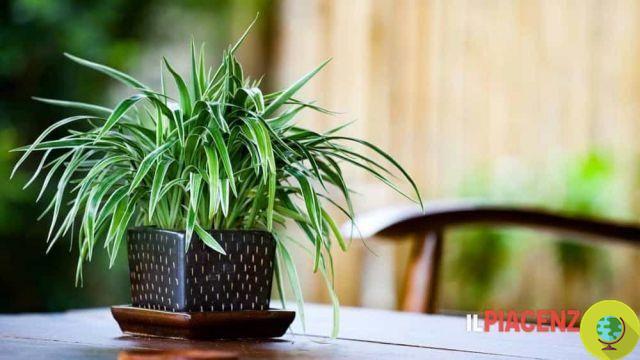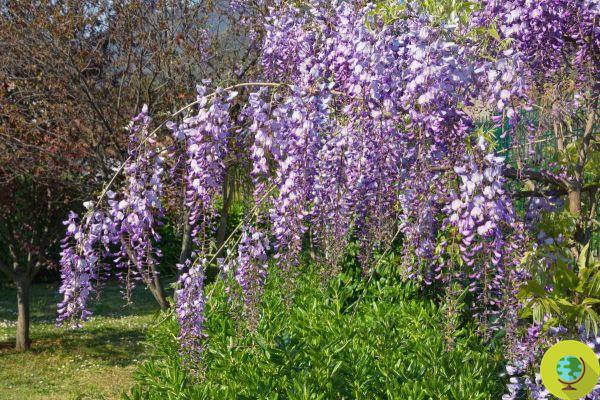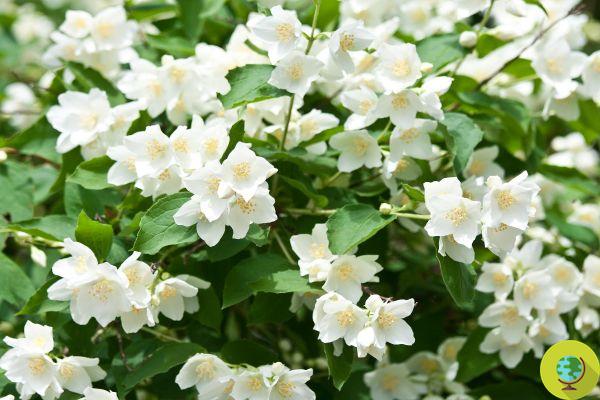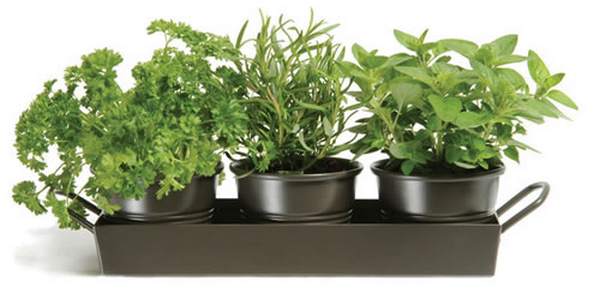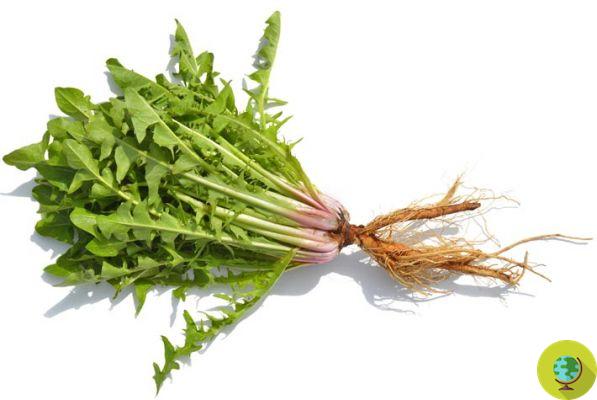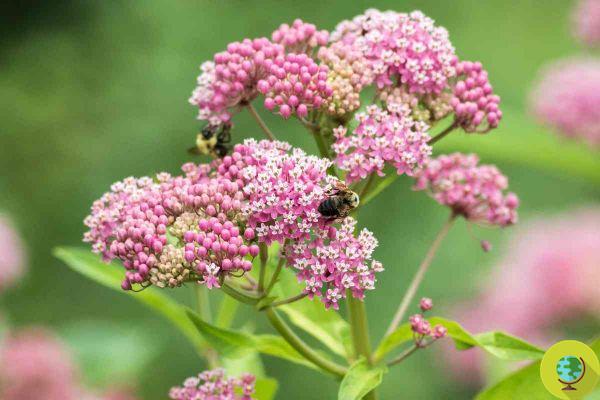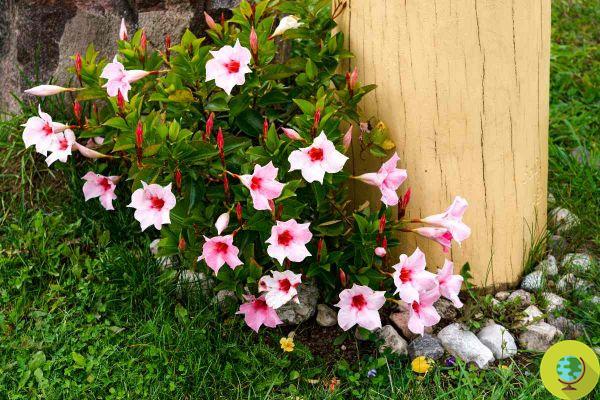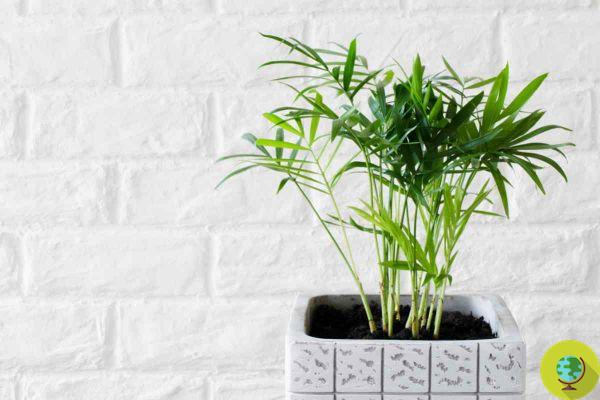Find out how to plant, grow and harvest sage, known as the "female friend" plant for its extraordinary properties
He is about to end up run over, his mother saves himFind out how to plant, grow and harvest sage, which, due to its numerous properties, has also been defined as the "friend of women"
Salvia officinalis is a very easy plant to grow and a perfect aromatic herb to flavor your dishes in the kitchen. And not only. It is highly valued for its extraordinary healing properties, known since ancient times. It has an antioxidant, hypoglycemic, antibacterial and anti-inflammatory action. In addition, sage is considered to be one of the most effective natural remedies against PMS and to alleviate menopausal related ailments. In short, it is one of those plants that you should always have on hand. Why not plant it in the garden or on the balcony? Let's see the steps to do it and how to take care of this precious plant!
Read also: The 10 best aromatic herbs that cannot be missing in your kitchen and the right ways to combine them
Index
How and when to plant sage
Sage is a plant that prefers the heat. If we want to grow it on a window sill or on a balcony we must therefore take this into account. This plant needs well-drained, non-clayey soil. In fact, it does not tolerate very humid earth. The sage seed is particularly small and has low germinability, which is why it would be better to plant a lot of seeds.
As for the sowing period, the most suitable is certainly the beginning of spring, between March and April. By doing so, it will then be possible to transplant the sage which has now grown around May. Sage can also be planted next to other herbs such as rosemary or next to carrots and cabbage. However, contact with cucumbers should be avoided.
How to take care of sage
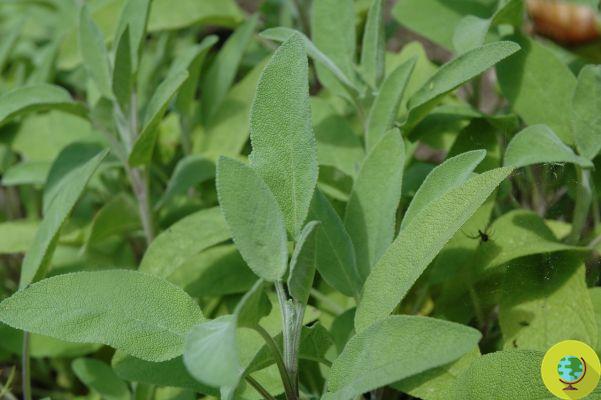
@ Angela2017 / Pixabay
To grow sage seedlings in the best possible way, it is important to follow the following tips:
- Remember to water young plants regularly until they are fully grown so they don't dry out. They will need a constant supply of moisture until they start growing faster.
- Prune heavier, woody stems every spring. It would be even better to prune it twice a year: removing the branches and dry leaves before spring and pruning more decisively (removing most of the green branches) at the end of flowering. This will keep the plant healthy and productive.
- In the winter months, protect the roots of your plants with one straw mulch in order to protect the roots from frosts
- Watch out for pests - sage's main enemy is aphids, which often attack this plant. To remove them, you can use nettle macerate, Marseille soap or pyrethrum
Read also: Diseases of aromatic plants: how to recognize and eradicate pests, fungi and molds affecting your herbs
Sage harvest
As regards, however, the collection of sage, it is necessary to pay attention to some simple precautions:
- Remove the leaves or cut small twigs from the plant
- During the first year, collect a few leaves to make sure the plant can grow fully
- After the first year, be sure to leave a few stems left so the plant can rejuvenate in the future
- Stop harvesting in the fall to get the plant ready for winter
Sage conservation
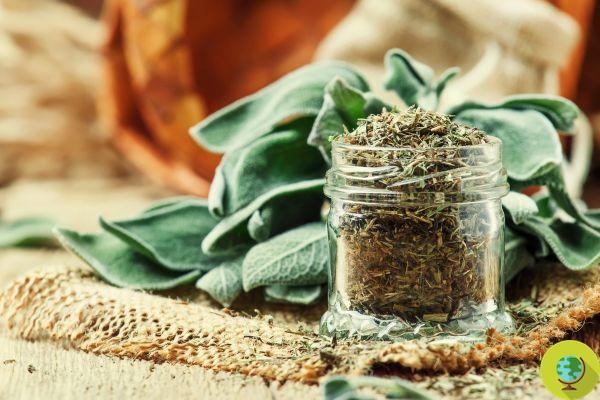
©5PH/Shutterstock
But what is the best way to preserve sage while preserving its aroma and properties? In the event that it is not possible to use it fresh, as soon as it is harvested, you can opt for one of the following conservation methods:
- Freeze the sage leaves in the freezer, placing them in an airtight bag or container
- Dry the sage leaves: it is an excellent solution to preserve it to prepare herbal teas and decoctions. The dried leaves can then be chopped and used to flavor dishes. To be properly dried, the leaves must be fresh and clean. Once dry, they must be placed on a grill or a sheet of parchment paper and kept in the shade in an airy place for at least a couple of days. At this point, you can keep them in a glass jar.
Read all our articles on sage and other herbs:
- Sage, the ally herb for women
- Rosemary: properties, uses and how to store it
- Sage: beneficial properties and uses
- Sage essential oil: properties, how and when to use it, contraindications
- How to dry aromatic herbs to stock up and have them available for free all year round
- When shopping for dried sage, you may be faced with possible food fraud





